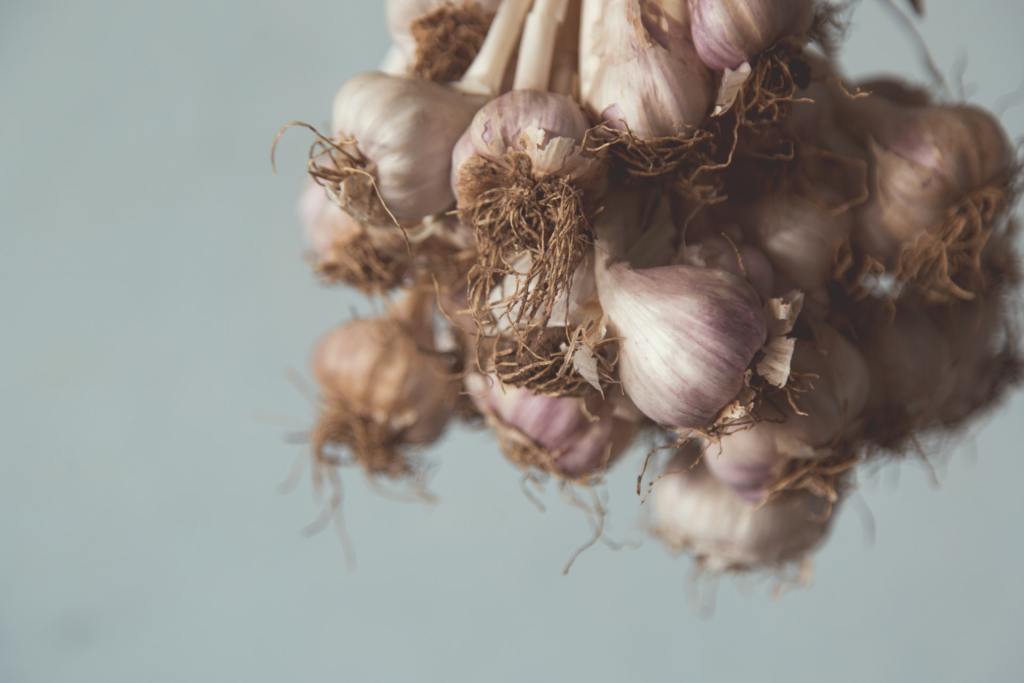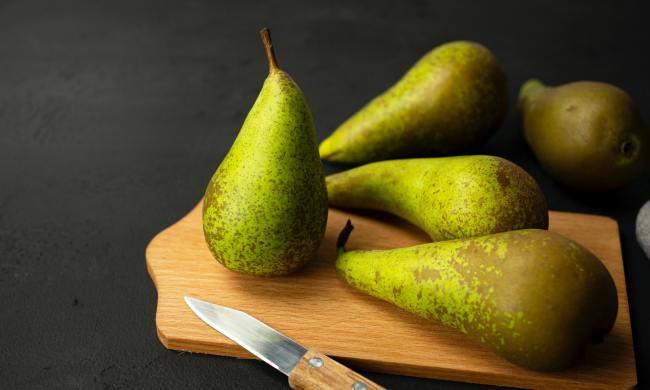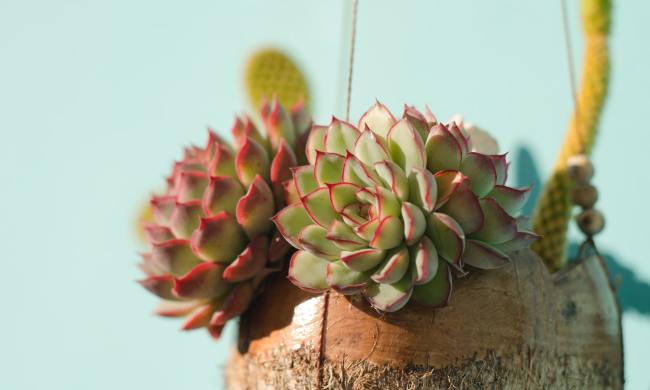After all the summer veggies are stored for the season, winter can be a sad and lonely time for gardeners. In summer, there are weeds to pull, plants to water, and veggies to harvest. Then winter blows in, and we sit back and dream of spring. It doesn’t have to be like that! There are plenty of winter crops that can be grown during frosty mornings and chilly nights. These vegetables can bring freshness to a winter table and purpose to a gardener’s heart.

Winter veggies you can grow outside
Here is fair warning before we dive into these cold-loving veggies: While many of these crops can survive and even thrive in colder temperatures, it is all dependent on your specific growing zone. Some varieties of parsnips can survive zero degree nights, but these crops won’t want to weather a snowstorm, and they all have their limits.
Onions
With a long growing season, onions planted in fall won’t be ready for harvest until the next summer. They hunker down in the winter and are virtually self-sufficient until harvest time. If you live in an extra cold climate, you can add layers of mulch and leaves to the tops of your onion bulbs to give them additional protection from frosts. There are many onion varieties, and this makes planning and planting exciting.
Garlic
Like onions, garlic takes a long time to grow, and most of the growing is done in the depths of winter with piles of mulch and leaves to keep warm. Plant the bulbs in the fall and bide your time over winter for a delicious homegrown garlic treasure trove that will be worth the wait.
Broad beans
Broad beans are a type of bean that can be planted in autumn and harvested the next spring. These are unique to most winter veggies because they are still growing above ground while most winter crops are root vegetables. A popular variety is Aquadulce Claudia.
Rounded peas
Rounded peas such as Kelvedon Wonder and Pea Meteor are crops that can be sown in autumn and harvested in the early spring. This means you will get a harvest of peas almost four weeks before everyone else!
Asparagus
Being a perennial, asparagus will need a dedicated bed to establish itself over the next two to three years. That’s how long it takes to reap the benefits of an asparagus plant. It will be worth the wait when you can harvest those deliciously fresh veggies that grew all winter long.
Kale
Both nutritious and delicious in salads and baked as chips, kale is a crop that can survive cold nights. However, kale is one of the plants you’ll want to take extra care of during those below-freezing nights. You might even want to consider investing in a row cover. If you have mild winters in your climate, though, kale is an excellent option to keep your salads green and fresh.
Beets
Another root crop, beets are fantastic for gut health and make a beautiful addition to any salad or roasted veggie dish. Sow them in the fall when the air is chilly, and those seedlings will take off and produce yummy beets.
Radishes
We’ll hit all the colors of the rainbow with this list! Radishes are stunning with their bright red skins and they are tasty additions in salads. These crops not only thrive during cooler weather, but they can also survive a hard freeze. Protect their greens with a row cover and you’ll have fresh radishes all winter long.
Rutabagas
Some crops survive winter conditions, and others thrive, but the rutabaga gets sweeter when exposed to a light frost. Grow the best rutabagas you’ve ever eaten in your own backyard by sowing these in the fall and protecting them through a hard winter with straw, mulch, or leaves.
Parsnips
As mentioned above, parsnips have been known to tolerate temperatures as low as zero degrees. Although they won’t like it, they can survive a harsh winter if blanketed with heavy mulch and leaves. They might even get sweeter, just like rutabagas, with a light frost.
Of course, there is no way to recreate the smells and heat of summer that we gardeners love so much, but with these winter crops, we can at least keep our hearts filled with the joy gardening brings us. And don’t forget about the yummy vegetables that come along with it! From beets to kale and radishes to peas, there’s a winter crop for everyone.



